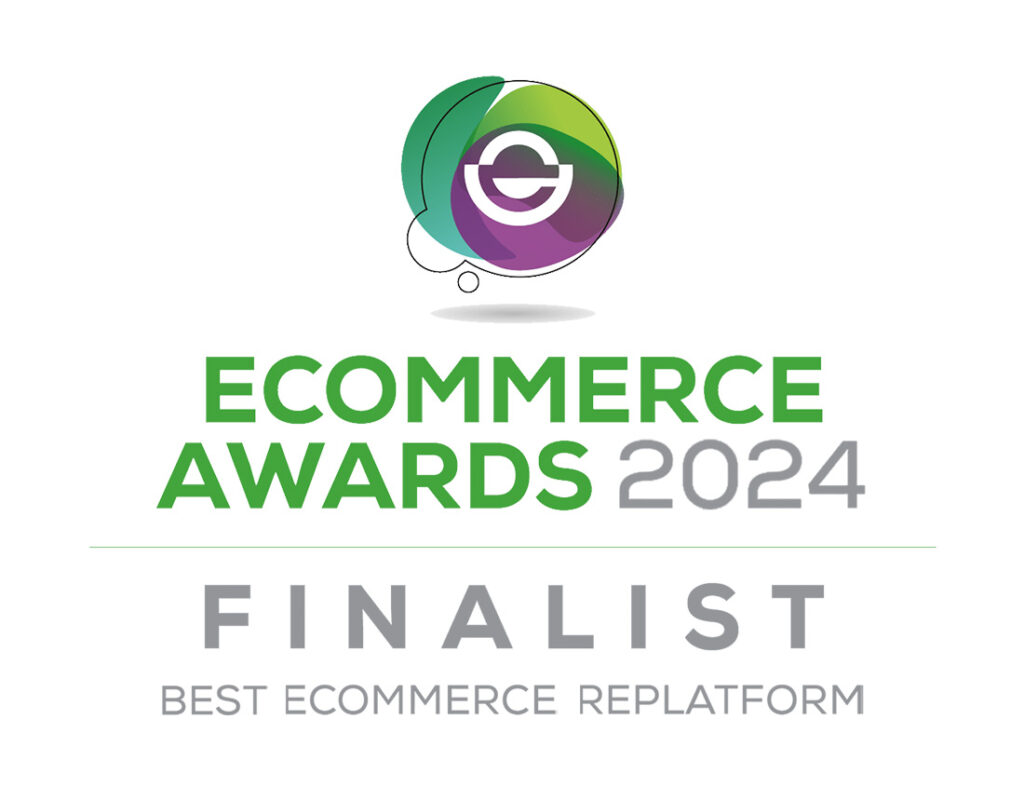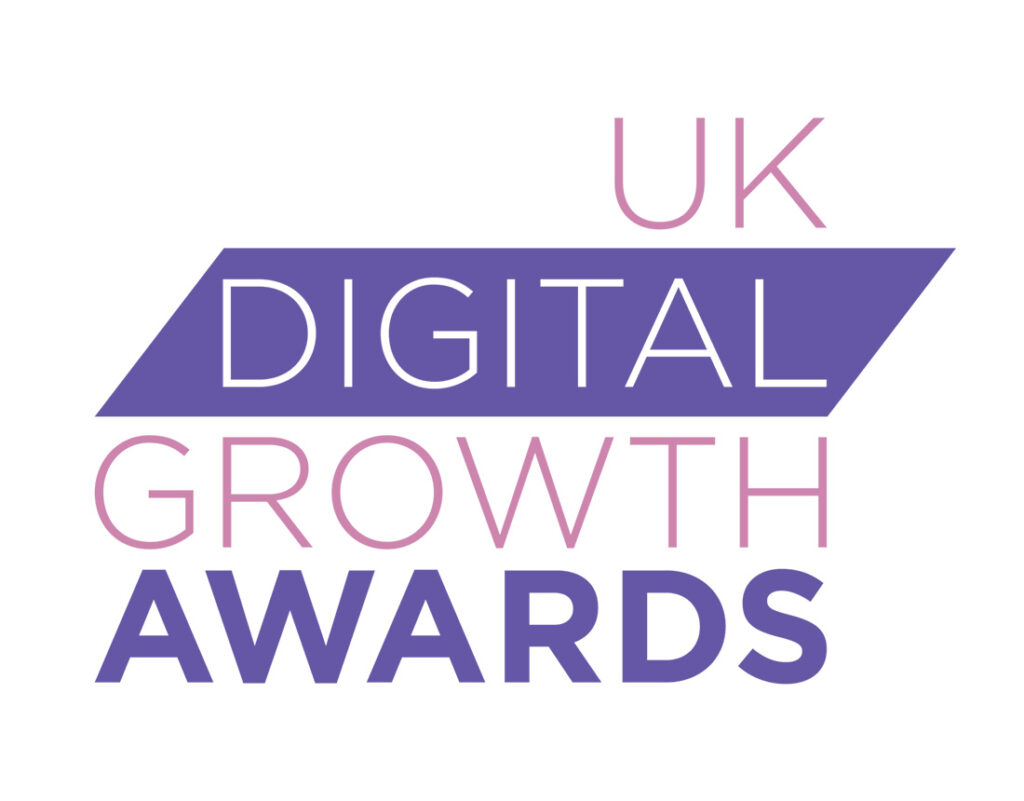Whether you provide goods and services to other businesses (B2B) or to consumers (B2C), ‘convergence’ is the a word for ecommerce. There are almost daily reports of mergers and acquisitions of businesses that provide online platforms, social media, user experience, sales, marketing, back office integration, wholesale distribution and manufacturing systems.
Whether you have already integrated a number of your systems to take advantage of the growth in B2B ecommerce, or you are planning a new business or major growth for your existing business, it can be a confusing landscape. We’ve been thinking about ways to help you review what’s available and what you need.
Ecommerce or ebusiness
Important questions are “Where is my ecommerce business now?’ and “Where do I want it to be?’. Are you ready to start integrating all your business systems or are you focused on B2B ecommerce?
Some providers offer capabilities that will include all the touch points with your customers and distributors as well as business systems. They can help you to deliver great customer experiences, manage desktop, mobile and in-store interactions, deliver sales support, workflow and e-procurement.
Insite Software, for example, offers a personalized purchasing to support all your sales channels. Providers like SAP Hybris also have a clear roadmap for their customers’ ongoing growth to include all the back-office and business processes. For businesses looking for a long-term partnership and a single vendor solution this could be just what you want.
Time, quality, value
In a nutshell – when you’re thinking about the things your business must have and the things that you could compromise about – it often boils down to how long you have to deliver it, how good it needs to be and how much you are able or willing to spend.
There are some major players in the marketplace that can deliver all three – at a price. This is often the domain of large organizations that have already made significant investments. For example, IBM’s Watson Commerce has a strong base of enterprise customers and a well-developed partner network. It also has plans to include more data-driven decision-making and artificial intelligence (AI) in its platform.
Flexibility and innovation
There’s also the open source environment for businesses that prefer not to be tied to a single supplier or solution. By far the most significant player here is Magento. There are hundreds of commercial partners around the world and community-built integrations that extend its ability to provide functions such as advanced shopping carts, content management tools, and Apple Pay features. It also offers integration with major enterprise systems such as Microsoft Dynamics, Sage, NetSuite and SAP.
If you have already started off with Magento 1 then Magento 2 is a good option for you, especially if you already take advantage of Magento Marketplace extensions. It is also likely to provide a highly cost effective alternative to traditional enterprise software solutions.
Looking for it all?
If you want some of the best parts of all these options, then you should seriously consider Cloudy.
It will provide you with access to all the power and flexibility of Magento as part of a manageable monthly plan. You can start with your small ecommerce vision and grow, and it is easily powerful enough to take your successful ecommerce business to the next level.
Deployment and development are easy in the Cloud and a new site can be up and running within weeks, not months or even years. You are always up-to-date too with regular new features delivered automatically every few months.
If you have existing enterprise or legacy systems but don’t want to be tied to a single provider, there are plenty of integration options and a powerful application programing interface (API) when you want to innovate.
If you would like to know more about the all-round B2B ecommerce solution available with Cloudfy then talk to one of our experts today.






